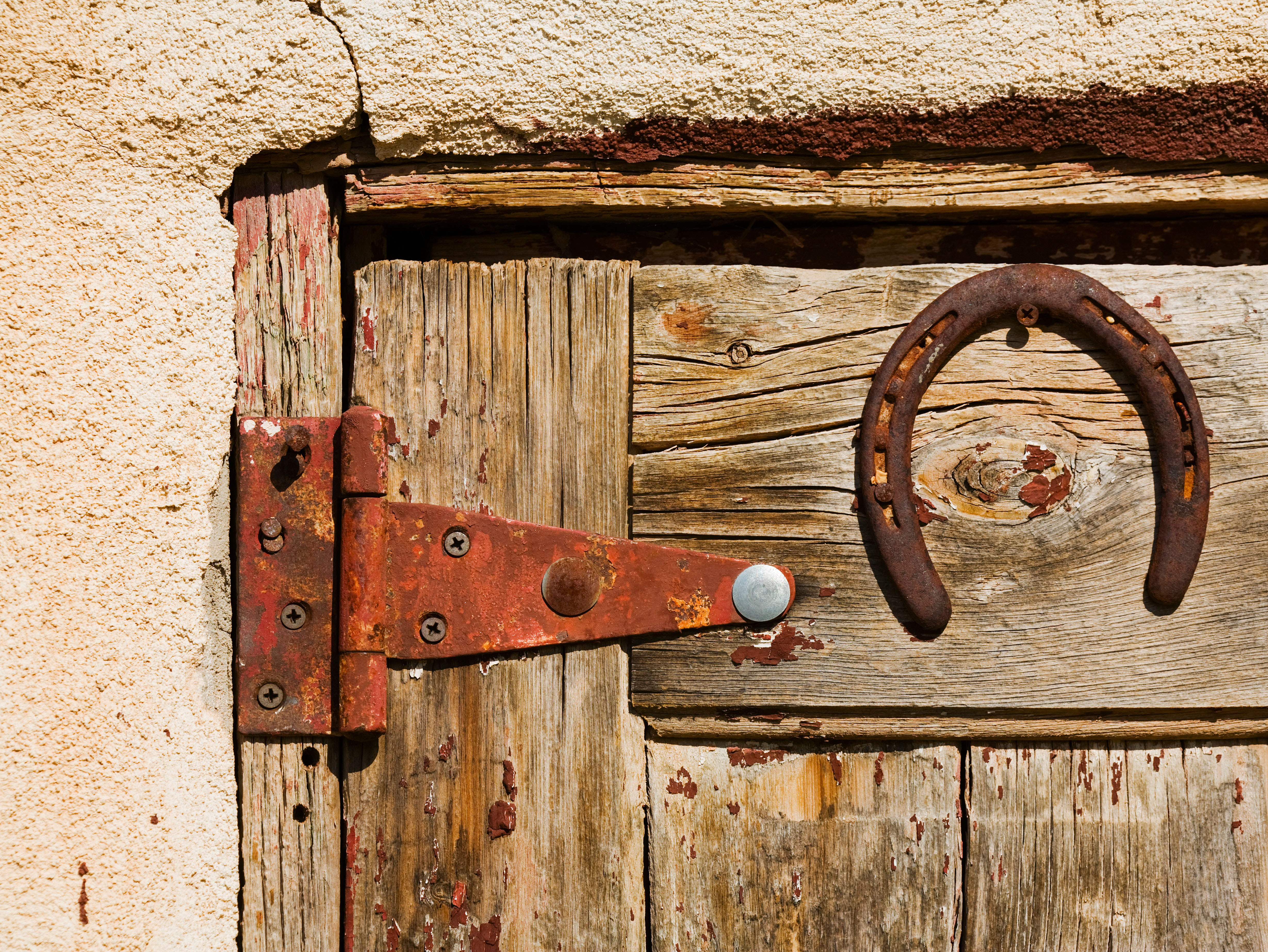What it's like to live and work in a National Park
Cumbrian farmer Douglas Chalmers weighs the pros and cons of living in a national park.

When proposals were first mooted for a significant increase in area to the Yorkshire Dales and a smaller extension to the Lake District, effectively letting the parks meet across the M6 in Cumbria, resistance was strong. During one meeting, objections rose from 93% to 98%. By the time the public inquiry was announced a few years later, feelings had changed: around Kirkby Lonsdale and the Lune Valley, resistance had hardened to 100%; further north, in the area now known as the Westmorland Dales, opinion had moved to exactly 50:50.
The sparsely populated Westmorland Dales was often described as a ‘hidden landscape’. Millions of people saw it from the M6, the A685, from trains or from the many walking or cycling routes across it, but few stopped to spend any money. Perhaps the residents could only see a future of continuing falling incomes and felt that being part of a national park could bring new options.
Since being designated part of the Yorkshire Dales, the area has benefited from a Landscape Partnership Scheme attracting more than £2 million from the National Lottery Heritage Fund and £1 million-plus from local match funding and volunteer time. By bringing together communities, farmers and businesses, and by providing skills and training, the scheme will leave a legacy of a stronger socio-economic base for future conservation.
"Being in a national park is neither a copper-bottomed advantage nor a guaranteed threat"
Since then, there have been moves, instigated by parish councils, to extend the Lake District’s southern boundary, covering the Millom, Furness and Cartmel peninsulas and the estuaries of the Duddon, Leven and Kent rivers. The idea is supported by the original 1940s Hobhouse Report, which recommended that this area should have been in the original park, and by new research. Consultations showed most locals in favour of, or relaxed about, the proposals. Farmers were looking at challenging post-Brexit conditions and many believed that securing environmental payments was one of few options.
Of course, many people feel that business has been stifled by being in a national park — the CLA says that people in the countryside shouldn’t be ‘condemned to selling tea and scones’. Planning standards can be higher and more people may object. An initial reaction to potential designation is often: ‘But I’ll be stopped from expanding or diversifying.’
Being in a national park is neither a copper-bottomed advantage nor a guaranteed threat. The key is how well they are managed and how locals engage.

Opinion: It shouldn’t be a case of farming OR the environment — both sides will get more done working together
'Recently, we’ve talked about farming and the environment,' says Cumbria-based farmer Douglas Chalmers. 'The truth is that they are one
Exquisite houses, the beauty of Nature, and how to get the most from your life, straight to your inbox.

Credit: Alamy
Curious Questions: Why do we as a nation put so much faith in lucky charms?
Horatio Nelson had one, as did Capt Cook and flying ace Douglas Bader. The British Army has several. Jeremy Hobson